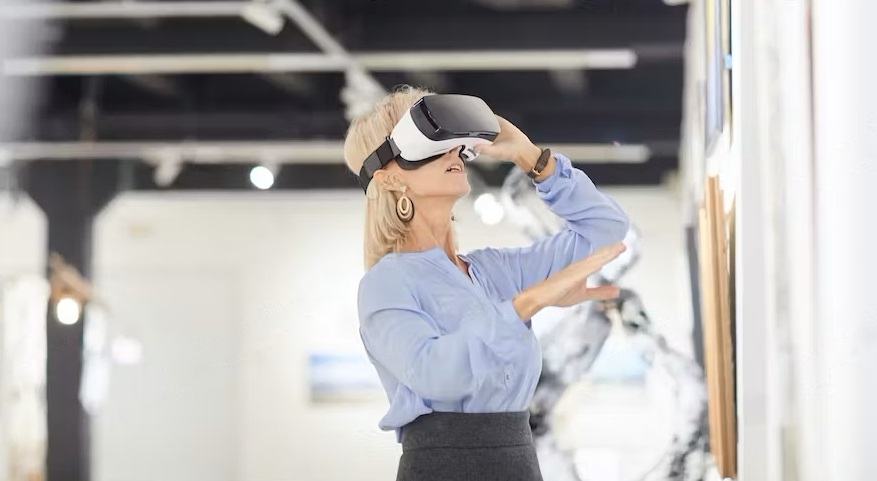Introduction
The art market is both a dynamic economic sector and a pillar of global culture. Understanding current market trends is essential for art lovers, collectors and investors. In this article, we will review the historical evolution of the art market, analyze its current state, discuss the factors influencing it, the challenges and opportunities it presents, and finally, explore future prospects.
History of the art market
The art market has a long history dating back to the Renaissance, when artists were often supported by patrons and religious institutions. Over the centuries, the art market developed with the emergence of art galleries, auction houses and art fairs. Artistic movements such as Baroque, Romanticism and Impressionism played a crucial role in shaping the art market as we know it today.
Major historical events, such as wars and economic crises, have also had a significant impact on the art market.
Current state of the art market
The art market is currently enjoying a period of sustained growth. Leading auction houses such as Sotheby’s and Christie’s have posted record results in recent years. What's more, online transactions have increased significantly, with platforms such as Artsy and Saatchi Art giving buyers access to a wide selection of artworks from around the world. Among the most sought-after artists on the market are names such as Jeff Koons, Banksy and Yayoi Kusama. Contemporary art styles, such as abstract and urban art, are also very popular.
Factors influencing the art market
Several factors influence the art market today. Globalization has opened up new markets, notably in China and the Middle East, where demand for Western art is constantly increasing. Social media and technology have also played a major role, giving greater visibility to emerging artists and enabling artworks to be promoted more widely. Collectors and investors are motivated not only by aesthetic considerations, but also by the social status and financial investment potential that art represents.
Challenges and opportunities for the art market
The art market faces challenges such as counterfeiting and the authenticity of works. Regulation and legislation are also important aspects, as they influence buyer confidence. In addition, digitization and mass reproduction of works raise questions about the value and uniqueness of art. However, these challenges can also be opportunities, particularly with the emergence of contemporary art and new artistic mediums such as digital art and non-fungible tokens (NFT), which offer new prospects for artists and collectors.
Future prospects for the art market
Future prospects for the art market are promising. Trends such as sustainable art and engaged art are emerging, reflecting current societal and environmental concerns. In addition, technology will continue to play an increasingly important role, enabling greater accessibility to art through online platforms and virtual reality. Business models will also evolve, with innovative sales practices and new forms of collaboration between artists, galleries and collectors.
Conclusion
The art market is constantly evolving, reflecting trends in society and the economy. Understanding the current trends and future prospects of this market is essential for all those involved. As new challenges arise, so do new opportunities, offering the potential for innovation and growth. Stay tuned to developments in the art market, as it will continue to shape our culture and appreciation of aesthetics in the future.






